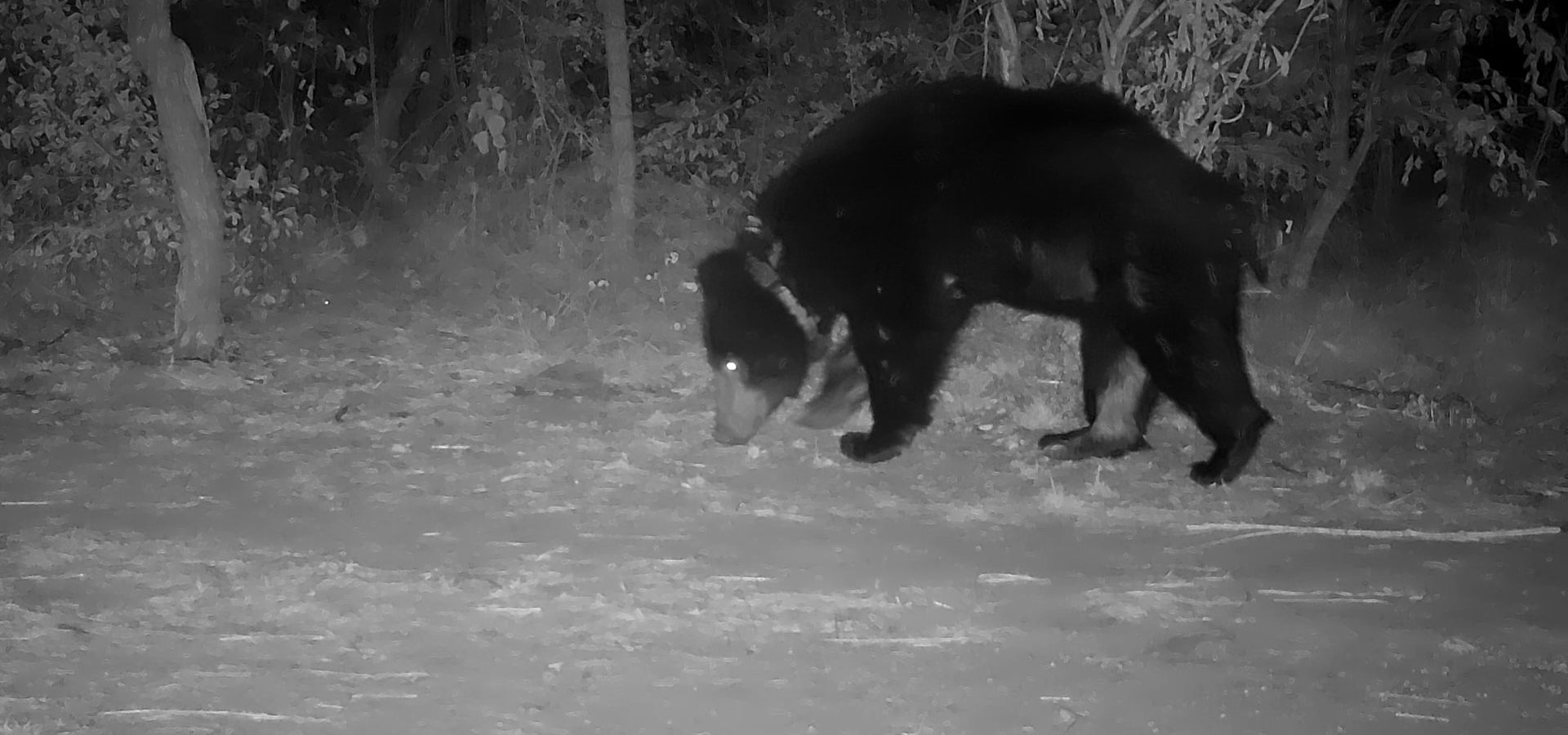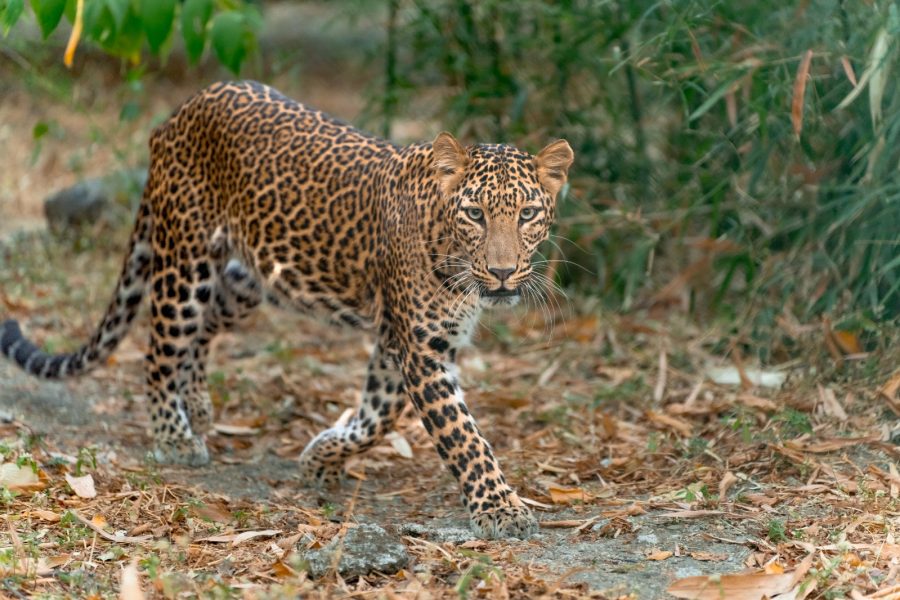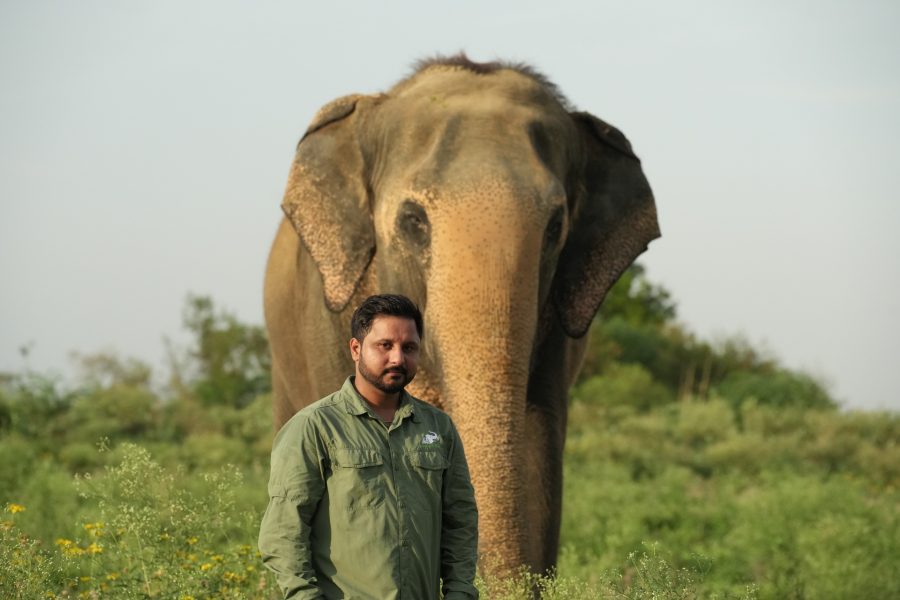Wildlife SOS (WSOS) has been studying wild sloth bears for the past decade in the hopes of ensuring them a future throughout their natural range. A large portion of WSOS’s sloth bear studies have taken place in eastern Karnataka, in and around the Deccan Plateau, where sloth bears have been hanging on in mostly small habitat patches surrounded by agricultural areas. In this location of India we have studied 1) sloth bear attacks, 2) threats to sloth bears, 3) sloth bear denning, 4) relocation of sloth bears, and 5) sloth bear densities. Recently, WSOS embarked on a large-scale habitat use study through the use of GPS collars.
GPS stands for Global Positioning System. A GPS collar communicates with satellites allowing data to be collected on the exact locations of animals at a given time. Collars can be programmed to collect a location point at different time intervals, up to every 2 hours. GPS collars work in much the same way as a smartphone GPS, frequently “pinging” multiple satellites to triangulate a location. GPS collars work very differently from VHF (very high frequency) collars. VHF collars require a biologist to be in the field getting locations, whereas GPS collars do not. So, although GPS collars are more expensive than VHF collars, the manpower needed to collect the data is much less.
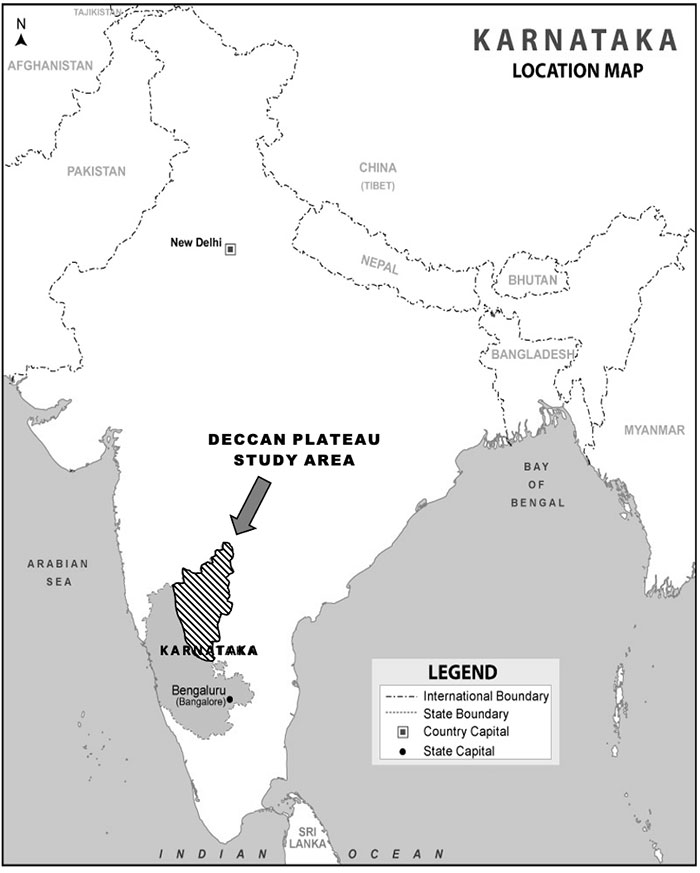
WSOS is presently collecting data on 7 sloth bears, both males and females, living in Gudekote and Daroji Wildlife Sanctuaries in Karnataka. We are hopeful the data collected from these bears will give us a much better understanding of how sloth bears are using the landscape and habitats. This is not the first time WSOS has collared sloth bears in the state. In 2017, a sloth bear was removed from an area where she was getting into conflict with villagers and released in Bannerghatta National Park. This bear was tracked for over 6 months as she slowly acclimated to her new surroundings. The collar on this bear had both GPS (Store-on-Board) and VHF. This bear was unfortunately killed outside of the National Park by a trap set for wild boar. However, the data collected by the GPS collar gave us great insight, not only as to how a relocated bear reacts to its new surroundings, but also how much this bear was operating outside of the park.
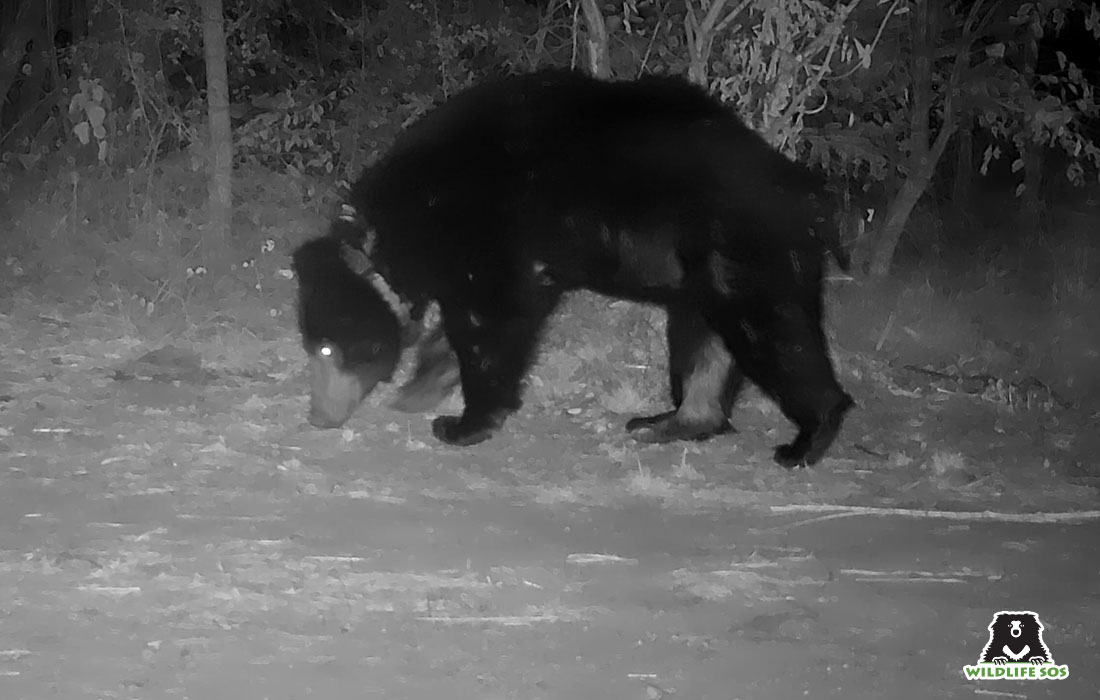
In many ways, the data coming from this current sloth bear GPS study will help tie our previous sloth bear studies together in order to have a much bigger picture of the day-to-day life of a sloth bear moving within their range in eastern Karnataka. It will not only give us an estimate of the home ranges for both male and female sloth bears, but also how the size of the home range changes due to the season (winter, summer and monsoon). It will also give us insight into how the landscape is used differently by season. During the monsoons for example, how often are the bears leaving the forest to raid the crops in the surrounding landscape? This is important to understand because when bears leave the forest, they are more likely to have an encounter with a human, which may lead to an attack (bad for the person and bad for the bear). Not only this, the bears also put themselves in danger of falling victim to a road collision, falling into a well or getting entangled in a snare.
Ultimately, the purpose of all WSOS sloth bear research is to gain an understanding of the bear so that we can better conserve the species. The sloth bear is one of the least studied and understood bear species (along with the Andean and sun bear), which can make it difficult to conserve the bears in the wild. Understanding threats to a species is key as it allows us to build programmes to mitigate those threats. WSOS publishes its findings in scholarly peer-reviewed journals in order to share our conclusions with the scientific and conservation communities in the hope that sloth bears will benefit. If you have any questions, or would like to read our scientific publications on sloth bears, please feel free to reach out!

